About a year ago, I had just had my third failed transfer. Around this time, Charles and I started looking into some “natural” methods to support fertility and I decided to make two major changes. Based on our research, I cut out all household items (beauty/makeup, cleaning supplies, candles, soaps, etc) that weren’t considered “clean” and I decided to go 100% gluten free. After a consultation with our clinic, we also decided we would do some additional testing to see if there were any findings that could be causing issues with implantation. As with all things in the infertility world – we had to wait until my next cycle started.
Testing
The testing that we opted for was the EMMA/ALICE and ReceptivaDx testing. Both the tests are done using an endometrial biopsy. (The endometrium is where the embryo implants into the uterus). The EMMA/ALICE tests look at the microbiome (good/bad bacteria) that is found in the uterus while the ReceptivaDx test evaluates for significant inflammation or endometriosis in the endometrium. Both of these, when abnormal, can be causes of recurrent implantation failure.
The biopsy needs to be taken at a very specific time during the menstrual cycle. On Day 10, they had me start testing to see when I would ovulate. Then, the biopsy would occur 9-11 days after your positive ovulation test. The day before the biopsy, I had to go in for a lab draw to ensure that I ovulated. On February 28, I went in for the biopsy.
I’ve clearly had a lot of testing done for infertility, but the endometrial biopsy was one of the most painful procedures that I had to go through. Fortunately, the procedure is short, but it was definitely uncomfortable! It takes about 2 weeks to get the results, so it was just back to the waiting game.
In between all the waiting, my brothers visited, so that was a welcome distraction!


Results
The results came in and the results of the EMMA/ALICE test were negative (yay!), but unsurprisingly, the results of the ReceptivaDx did indicate endometriosis that could be interferring with implantation. According to the data, less than 12% of women with the positive endometriosis marker can achieve pregnancy with an IVF transfer, but after treatment, over 60% are able to achieve pregnancy. In one study, 81% achieved pregnancy after treatment! 🤯
Knowing that diagnosis and statistics, I was ready to get started ASAP. However, I was told that since it’s been 6 months since my last hysteroscopy, I would need another one before I could move forward with treatment… Fortunately, they were able to squeeze me in within the week to get that done! I went in and the procedure took longer than usual to do, but I was happy to have it over with!
More Results…
Unfortunately, when they did the hysteroscopy, they found an abnormality that needed to be removed prior to moving forward. This was completely unexpected to me. I asked the doctor if they thought it could have contributed to the failed transfer in January, but there was no way to know when the abnormality occured. The nurse practitioner thought it looked like scarring, but the doc said it looked like a polyp. Either way, I needed to go in for a procedure to have it removed.
In order to have the procedure, I would need to (you guessed it).. wait for my next cycle then start birth control for a few weeks. I got this scheduled on April 18. Even though the procedure is relatively short, it did require me to be lightly sedated. Here I am, ready for the next step! I was apparently over it all because this was the only picture of the infertility journey I’d taken since the transfer.
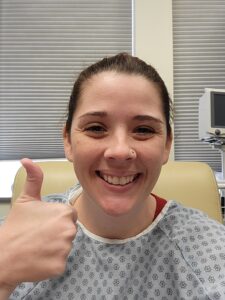
Lupron
After the procedure, I waited for my next cycle and restarted the birth control. At that time, in early May, I was *finally* cleared to start the Lupron! I didn’t know what to expect with the Lupron, but it essentially induces a short term menopause. While I did experience some hot flashes, which were annoying, the biggest side effect I had was recurrent upper respiratory infections.
The colds and hot flashes from the Lupron didn’t stop me though and during the summer I got to travel to Jamaica on a girls trip — Norway, Sweden, and Denmark with Charles — as well as have a visit from my bestie to see Taylor Swift! It was the summer of fun and adventure,



After 2 months on Lupron, we were able to start the process to move forward with our next frozen embryo transfer. After doing my own (extensive) research, my doctor agreed to try a modified natural cycle rather than a medicated cycle. A modified- natural cycle also follows the natural course of a cycle but uses a HCG trigger shot around ovulation and then is followed by adding in vaginal progesterone. The biggest reason I wanted to try a natural cycle is that there is no estrogen used! (Estrogen triggers endometriosis… and I’d just spent 2 months suppressing endometriosis!) As always, the next step was waiting for my next cycle to start!
FET #4
As with all cycles (natural, modified natural, or medication), it starts with with birth control. Similar to previously, I opted for a non-estrogen birth control which I would take for 21 days. After the 21 days, I would stop taking the birth control, have a menstrual period, and start the modified natural cycle! On July 31, after an US and labs, I received the “go ahead” for this cycle! At this point, I was so excited to be moving forward (and finally be done with Lupron!). I donned by Infertility HOPE shirt and got my Starbucks on the way home from the clinic, feeling positive. My church also did a message that really resonated with me, and unlike the previous cycles, I really felt God’s peace.
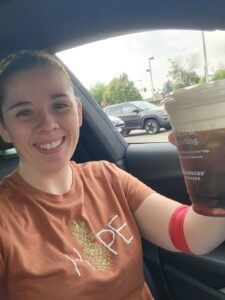
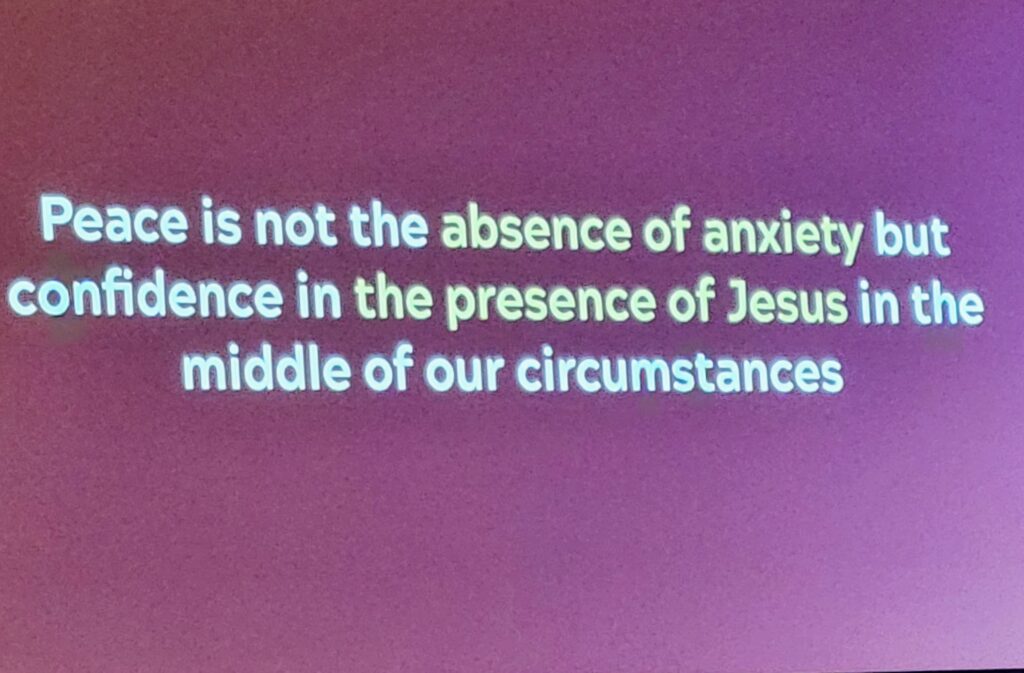
On Day 11 of my cycle, I had to start going in for labs and an ultrasound to monitor. In a natural cycle, instead of using medications to induce ovulation, you wait for your body to do this naturally and then do a trigger shot. I typically ovulate later in my cycle, but my body was particularly slow on that month. I ended up going in for 8 out of 14 days! (Typically, you will only need 3-4 visits). At one point, they were about to cancel the cycle and try again next month, but the very next day, my body kicked it into high gear! On 8/19, I was able to do the trigger shot! The transfer would then happen 7 days later! Similar to the previous cycle, I opted to do the Intralipid Infusions, so that was scheduled to occur between the trigger shot and transfer.

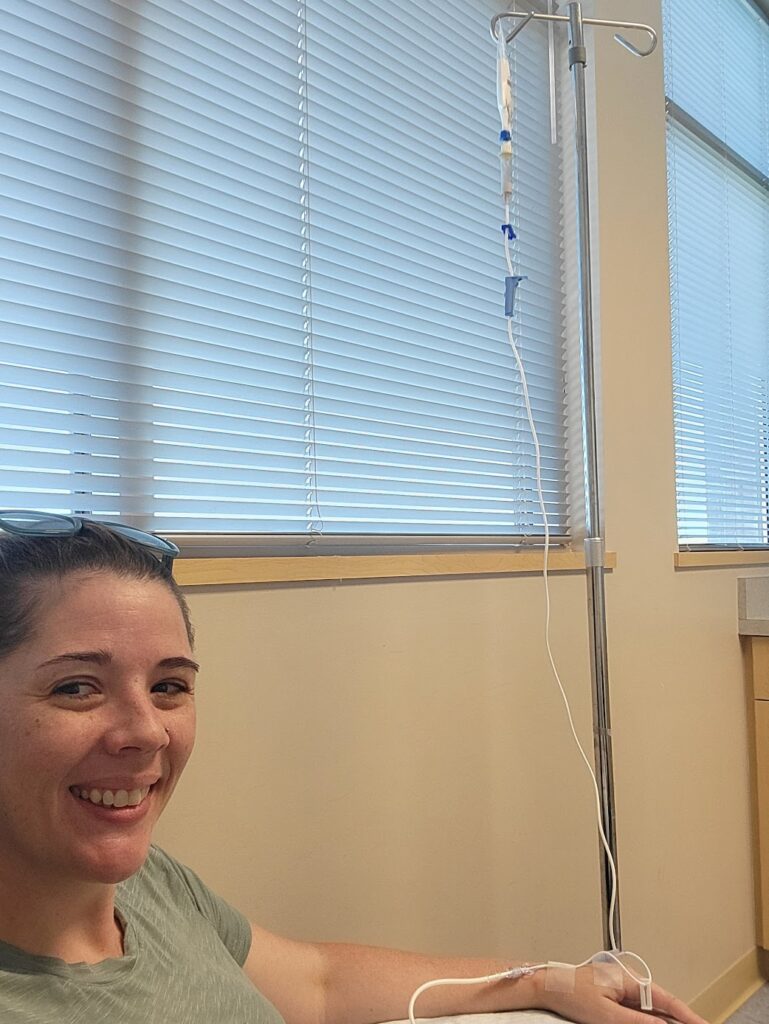
And finally, on 8/26, we got to go in for the transfer! I wore my favorite pineapple shirt, my new “Keep Going, Keep Growing” socks, and headed to the clinic for Frozen Embryo Transfer #4. The transfer went perfect! On the way home, we stopped at Chick Fil A for the post-transfer french fries (I switched it up from McDonalds to Chick Fil A), and then on the way home, we stopped at a beauiful field and thought it was a great chance to take some pictures. I took a couple of days off work and then it was time for the 2 week wait…

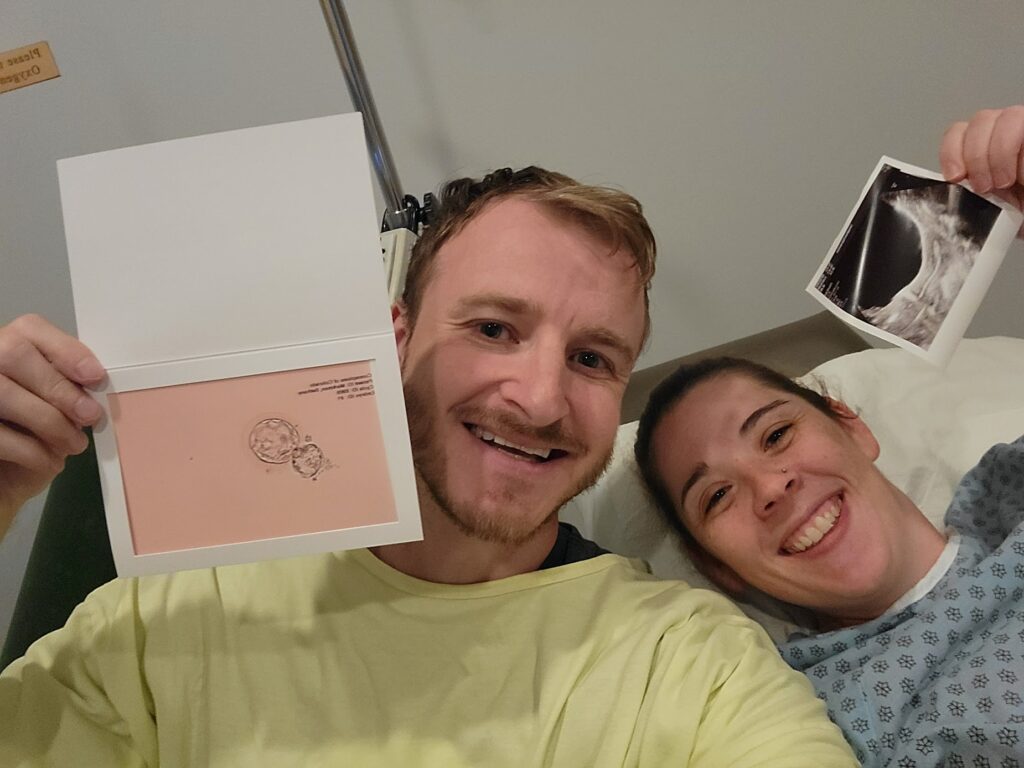

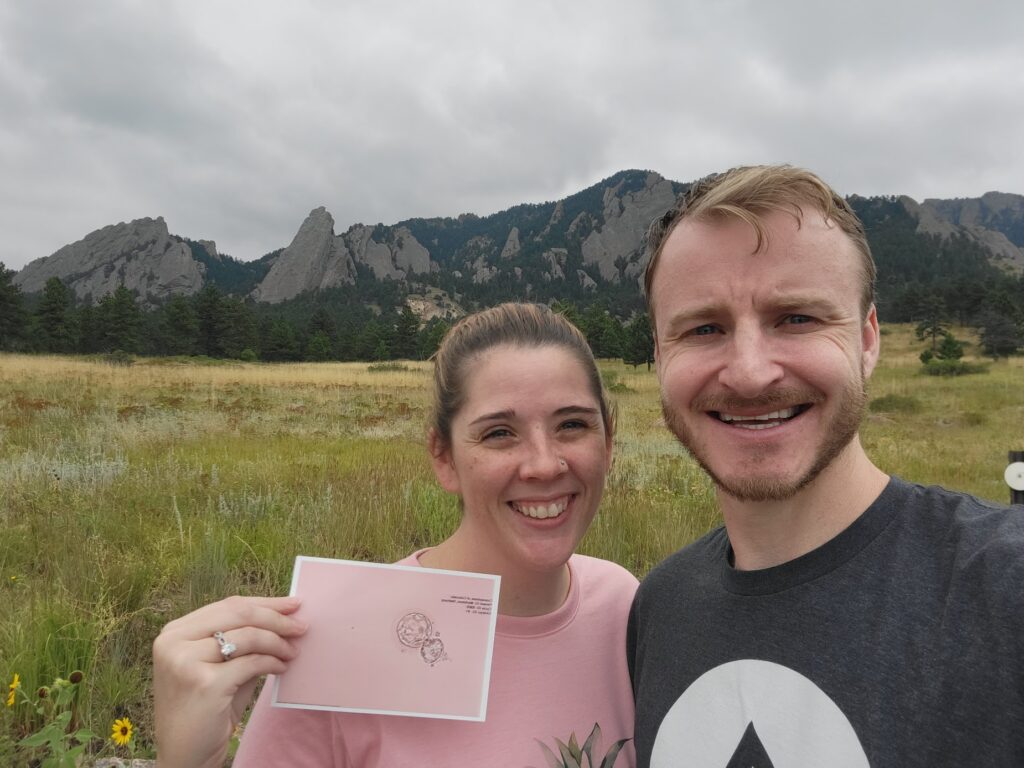
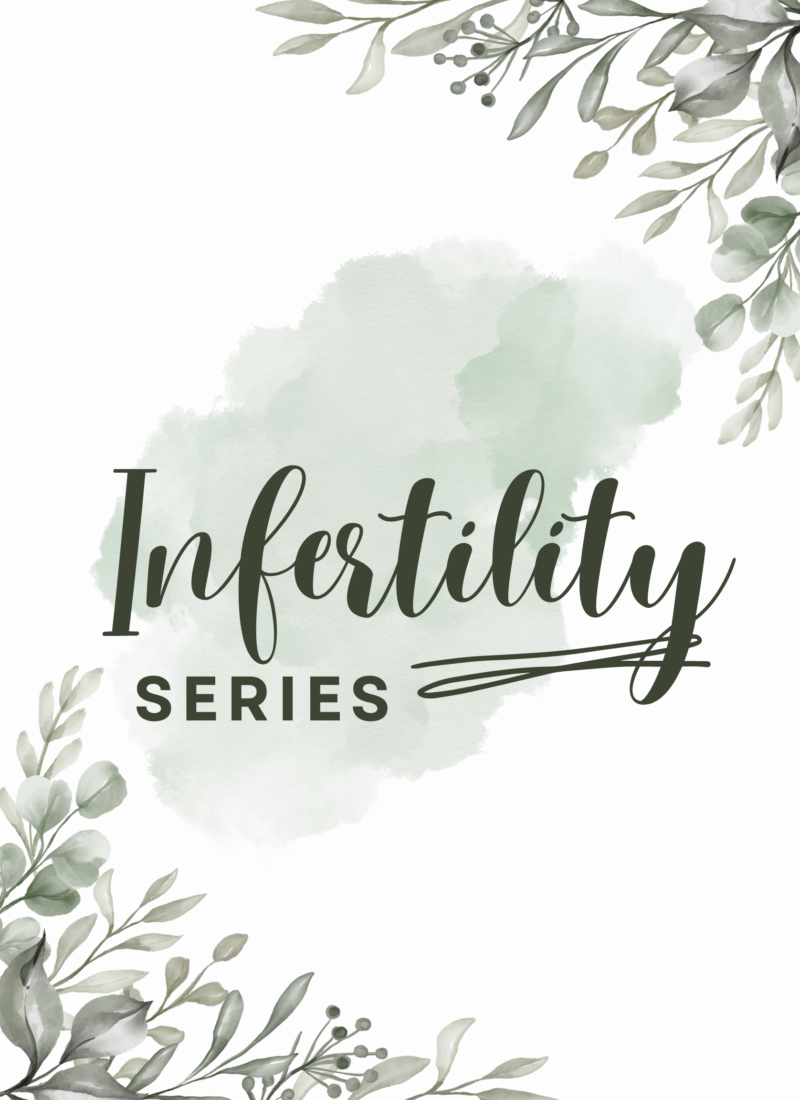

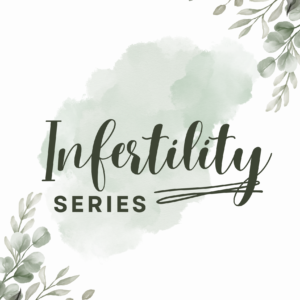
Leave a Reply